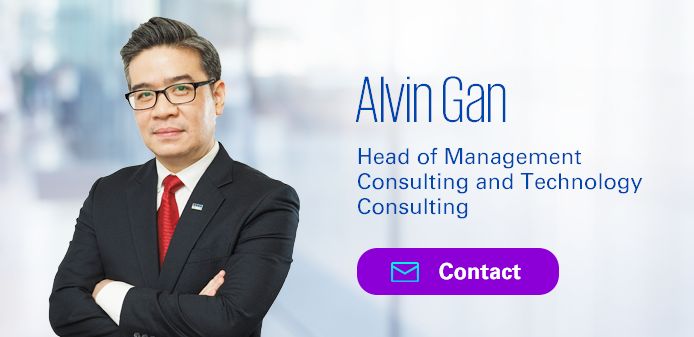KPMG International has polled CEOs of large manufacturers to find out what is top of mind as they prepare for the challenges of 2022. The result is a report that covers the opinions of chief executives in 11 countries in Europe, North America and Asia-Pacific. It offers insights that readers can benchmark themselves against and learn from, as they decide where to invest, whom to hire and how to position themselves for the opportunities and difficulties to come.
In the preparation of this report, it became clear that the pandemic, climate change and geopolitics are driving executives to focus even more than before on a twin transformation: smart digitization and a focus on environmental, social and governance (ESG) goals. Faced with skills shortages and growing demands for change from workers, customers and investors, the need to acquire technologies that will transform the entire value chain has become more urgent than ever.
But the acquisition of technologies, such as artificial intelligence and 5G networks, do not happen in a vacuum. If companies are to restructure successfully, the entire executive suite must lead with a clear vision of where they want to go and how to take the company there. This report, we believe, will help provide CEOs with a map — of the future of manufacturing. Read the report to see how KPMG International analyzes the opinions of CEOs to provide signposts for a transformative roadmap.
1. Smart Digitization
Supply chain resilience drives the need to invest in new technologies. Companies are building in redundancies in their supply chains to gain competitive advantage. A notable example is PETRONAS who worked with AVEVA and Amazon Web Services 3 in 2021 to deploy solutions to optimize supply and distribution network as well as operations dashboarding to assist in decision making based on the data gathered along the supply chain.
2. ESG to the Fore
Successful companies recognize that in order to attract talent, they must create a compelling ESG strategy, and one of the most effective ways to do so is to demonstrate your commitment to ESG goals.
Improving the efficiency of industrial energy usage and the urgent need to mitigate scope 3 emissions throughout the supply chain are the top two areas of focus i.e., all indirect emissions, other than indirect emissions that come from the generation of purchased electricity, steam, heating and cooling consumed by the reporting company.
Conclusion
Amid a period of transformative industrial change, the main lesson to be drawn from the CEO survey is an evergreen theme that is more urgent than ever: companies shift attention away from their supply chains at their peril. Operational effectiveness cannot be achieved without a resilient supply chain. This report’s analysis of top executive opinion strongly supports the view that a healthy supply chain is likely to support a healthy manufacturer. But how can this be achieved?
The combination of a pandemic and climate change is accelerating digital transformation, as companies search for tools to mitigate new risks and maximize new opportunities. The survey suggests that CEOs may not yet have grasped that the goals of digital transformation and ESG are both consistent and work powerfully together. Digitization can mitigate supply chain risk and enhance sustainability, but CEOs need to see ESG as a strategic imperative not simply a means to an end. They won’t likely have a healthy supply chain if they don’t focus on ESG, and without a healthy supply chain, there is potential for increased struggle to meet their long-term goals.
Related content








